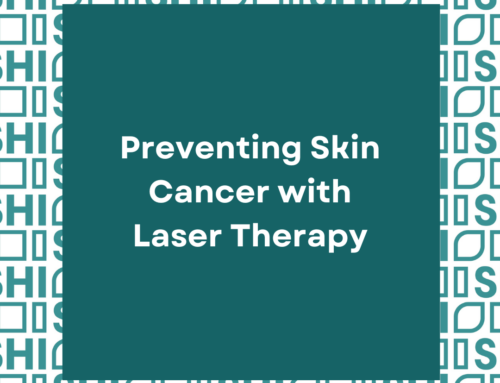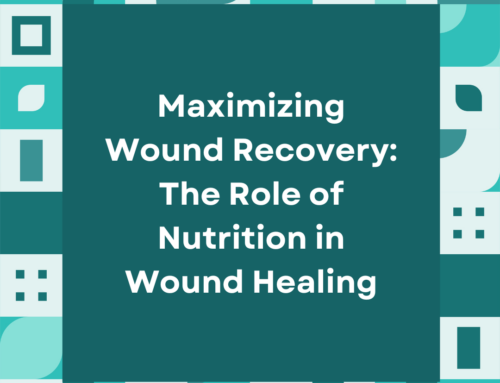History of Subcision
What is subcision?
Subcision is shorthand for “subcutaneous incisionless surgery,” a procedure designed to treat skin depressions. It was a term coined by Orentreich and Orentreich, who were the first to describe the efficacy of this procedure for atrophic acne scarring.
Subcision is performed by inserting a needle or cannula underneath the scar. The instrument is then moved in a to-and-fro motion to sever the fibrotic tethers that pucker the skin. A characteristic popping sound can be heard as the scar is released to the surface level of the surrounding healthy skin.
Despite being a relatively novel invention compared to traditional modalities, such as lasers, subcision has had an interesting history. The surgical armamentarium for subcision first started with simple needles but slowly expanded to include surgical wires, cannulas, and blunt-blade dissectors.
Our Research Shows it All
Vempati et al recently published a paper to delineate the pros and cons of every instrument:
- Needles: These are common probes used for simple injections. Due to their small diameter, these needles cause minimal damage to the skin but may not be effective enough to sever the tethers in the scars. Instead, they merely poke holes in them, which may require multiple treatments to get the best results.
- Blunt cannula: Because these instruments are not sharp, they cause very minimal bruising in the skin during subcision. These instruments are also long, which allows them to cover a larger surface area of scarring through a single entry point in the face. However, due to their flexibility, the cannulas tend to “bend away” from the really tough fibrotic tethers, which may need needle subcision anyways to get the best results.
- Surgical wires: These wire is inserted through the skin to encircle the scar areas. The surgeon uses the wire almost like a saw to release all the tethers in the treatment area. Complete detachment can be achieved in one session. However, this method is only really viable for patients who have large surface areas of scarring.
- Blunt-blade dissectors: This instrument is essentially a metal rod with a specialized notched tip that captures fibrotic tethers as it is advanced through the skin. This facilitates more complete release of the scars, thus reducing the need for additional treatments. Tumescent anesthesia is needed to ensure the instrument stays in the dermal layers and does not harm the deep neurovascular structures in the process.
Choosing the right subcision instrument is dependent on your acne scar type and severity. Needle subcision tends to work with more superficial scarring whereas wide, deep rolling scars may require more robust instruments, such as wires and dissectors.
Can subcision be combined with other treatments?
Subcision is often paired with fillers to improve results and reduce the chance of recurrence. When subcision is performed, the scar is mechanically detached from the underlying tissue, after which a “gap” or “space” is left between the skin layers. During this time, fibrotic tethers may reform and reattach the scar to the deeper layers.
The way physicians have gone around this is by injecting natural and synthetic substances into the gap to physically prevent scar attachments from reoccurring. Some examples include
- Autologous fat: Usually this is taken from the patient’s thighs or buttocks and injected in the subcised areas.
- Hyaluronic acid: A synthetic water-absorbing gel-like substance commonly used for volume restoration.
- Poly–l-lactic acid: A biostimulatory filler that triggers fibroblast-mediated production of collagen.
The theory behind combined subcision and filler treatments is not heavily supported. While many physicians claim that better results are seen with both treatments, it is uncertain whether this is due to the natural volume restoration induced by fillers or because the fillers actually prevent retethering of scars. In either case, combinatorial treatments seem to produce more favorable results.
Interestingly, suction has also come into favor as an adjuvant treatment. Suction works by using negative pressure to lift the skin. In a study, researchers showed that suctioning after subcision improved treatment outcomes. They reasoned that performing suctioning on a consistent basis for two weeks after the procedure prolongs the “blood pocket” inside the skin, giving more time for collagen and extracellular matrix proteins to form and maintain elevation of the skin. So far, this has been demonstrated using the vacuum handpiece of a microdermabrasion device. However, it is not unfeasible to achieve the same results with at-home nose pore vacuum cleaners.
Who is a good candidate for subcision?
The mechanism behind subcision is best suited for severing the fibrotic tethers that are unique to rolling scars. There is evidence, however, that subcision can help with boxcar scars. This is because the back-and-forth motion of the needle causes controlled injury to the skin, stimulating connective tissue formation and collagen production. This process thickens the skin, effectively lifting the scar closer to the level of the surrounding healthy skin.
As for ice pick scars, subcision provides very minimal benefit. Ice pick scars are narrow and deep, deriving its unique morphology from near complete destruction of the epidermis and dermis. In this case, there is nothing to lift. Instead, we must “fill” the scar by regenerating tissue from within the walls of the ice pick scars. Chemical reconstruction of skin scarring (CROSS) and punch excisions would be the best options for these types of scars.

Ultrasound-guided subcision
Staying in the right dermal plane while performing subcision is critical for successful clinical outcomes. Being too superficial in the dermis can lead to bumps, whereas staying too deep in the dermis may lead to suboptimal lifting.
At the Scar Healing Institute, we use ultrasound to help us visualize how deep to go with our instruments. In this case, we want to stay in between the dermis and subcutaneous layers of the skin. This new visualization technology has helped us facilitate more precise subcision to reduce potential harm to surrounding healthy tissues.
The field of acne scarring is constantly evolving, and Scar Healing Institute is proud to be leading the research forefront. Please check out our open-access journal article to read more in-depth about the latest subcision technologies.
Schedule an Appointment
Scar Healing Institute
Scar Healing Institute is committed to developing the most effective treatments for scarring. Our team of scar revision specialists are continually inventing the latest technologies and formulas to deliver the best results for our patients.





Everyone loves it whenever people get together and share ideas. Great blog, keep it up!
I’d have to examine with you here. Which isn’t something I usually do! I take pleasure in studying a publish that can make individuals think. Additionally, thanks for permitting me to comment!
As soon as I discovered this site I went on reddit to share some of the love with them.
An intriguing discussion is worth comment. I do believe that you need to publish more about this issue, it might not be a taboo subject but generally folks don’t discuss these subjects. To the next! Best wishes.
Excellent article. I will be dealing with some of these issues as well..
Hi, I do think this is an excellent site. I stumbledupon it ;) I will come back yet again since I saved as a favorite it. Money and freedom is the greatest way to change, may you be rich and continue to guide other people.
I discovered your website website on yahoo and check several of your early posts. Keep the top notch operate. I recently additional encourage RSS feed to my MSN News Reader. Seeking toward reading far more from you finding out at a later date!…
Your writing is good and gives food for thought. I really hope that I’ll get more time and energy to go through your content. Regards.